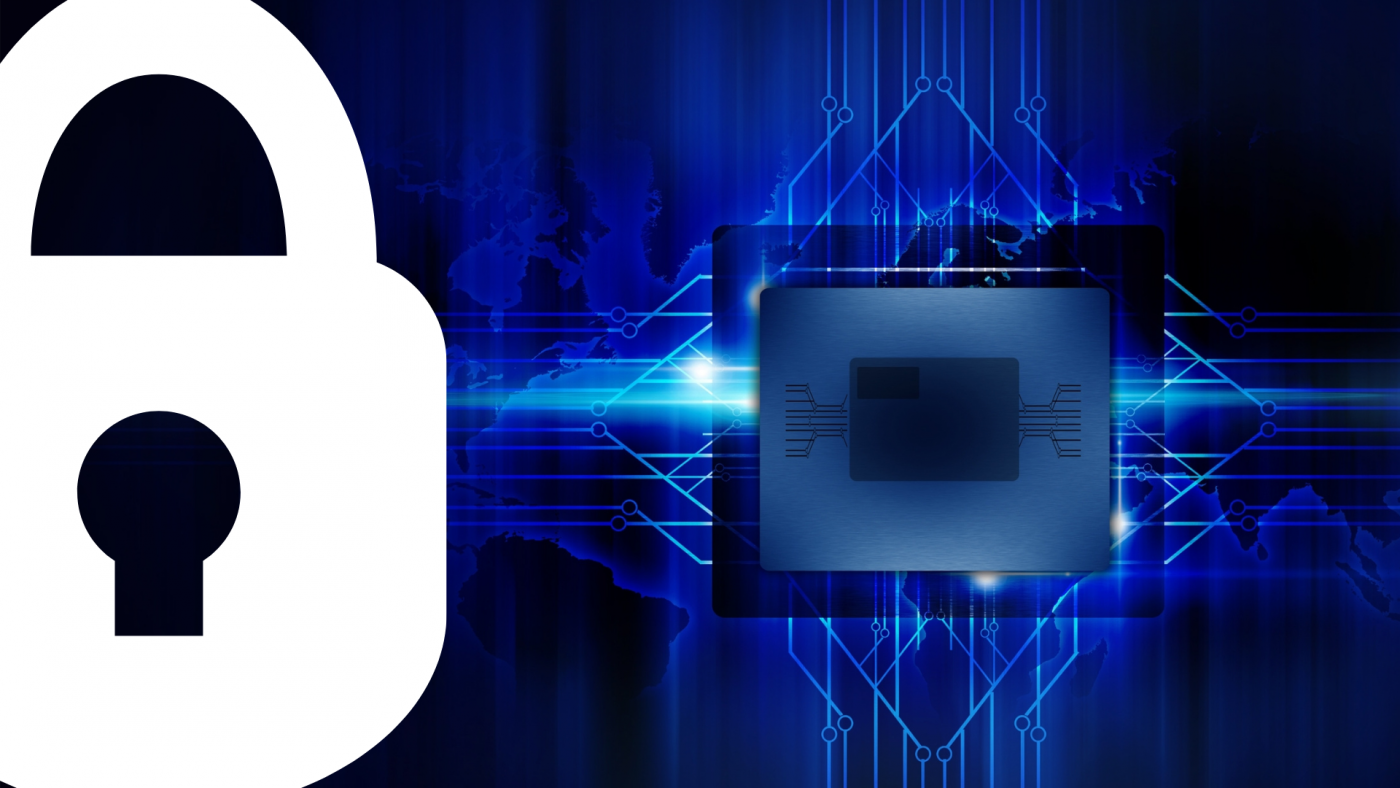Edge Computing and Privacy in Healthcare

Authors: Amina H Khalpey, PhD, Brynne Rozell BS, Zain Khalpey, MD, PhD
Edge computing is a technology that allows computation and data storage to occur at or near the source of data, as opposed to in a central, remote data center. It is used to reduce latency and bandwidth costs by processing data at the edge of the network, rather than sending it to a centralized cloud or data center. Edge computing can also provide a more secure and reliable source of data, as well as improved scalability and cost savings. The advantages of edge computing in healthcare can be significant, particularly in terms of how it can enhance the use of machine learning and privacy in healthcare.
Edge Computing Has The Ability to Process Large Amounts of Data
One of the key benefits of edge computing in healthcare is that it enables the processing of large amounts of data close to where it is generated, which can help to overcome the limitations of cloud computing and central data processing. This is particularly important in healthcare, where sensitive and personal data must be processed with the utmost privacy and security. Edge computing helps to minimize the amount of data that is transmitted over the network, reducing the risk of data breaches and enabling real-time data analysis.
Edge Computing Supports Artificial Intelligence and Machine Learning
Another advantage of edge computing in healthcare is that it can support the deployment of machine learning algorithms. These algorithms are increasingly used in healthcare to help with tasks such as diagnosis, patient monitoring, and decision support. However, many of these algorithms require large amounts of data to be processed in real-time, which can be difficult in a cloud computing environment. Edge computing can help to overcome these limitations by allowing machine learning algorithms to be deployed directly on medical devices, such as wearable sensors, which can help to reduce the time required for data processing.
Edge Computing Helps Protect Patient Privacy
The use of edge computing in healthcare can also help to improve the privacy of patient data. With edge computing, data is processed locally on devices, rather than being transmitted to a central data center for processing. This reduces the risk of data breaches, as data is not transmitted over the network, and also minimizes the amount of data that is stored centrally, reducing the risk of data theft. Furthermore, edge computing can enable the use of privacy-enhancing technologies, such as homomorphic encryption and federated learning, which can help to ensure the privacy of sensitive data.
Edge Computing Challenges
However, there are also some disadvantages to the use of edge computing in healthcare. One of these is the cost associated with deploying and maintaining edge computing infrastructure. This infrastructure includes things like specialized hardware, software, and networking solutions to enable it, which can be costly to implement. In addition, edge computing requires more dedicated resources than traditional cloud computing, such as processing power, storage, and bandwidth, which can also drive up the cost. This can be particularly challenging in resource-constrained healthcare environments, where resources may be limited. Another disadvantage is the difficulty in ensuring that edge computing devices are properly maintained and updated, as there may be limited technical support available in remote locations.
Harnessing The Power of Edge Computing
Edge computing has the potential to significantly enhance the use of machine learning and privacy in healthcare. By allowing data to be processed close to where it is generated, edge computing can help to overcome the limitations of cloud computing and central data processing, reduce the risk of data breaches, and improve the privacy of patient data. However, there are also some challenges associated with the deployment of edge computing in healthcare, including the cost and difficulty of maintaining edge computing devices, and the need to ensure that these devices are properly updated and maintained.



